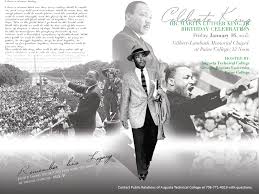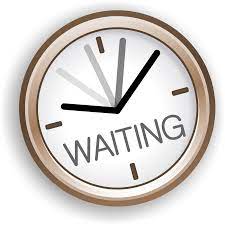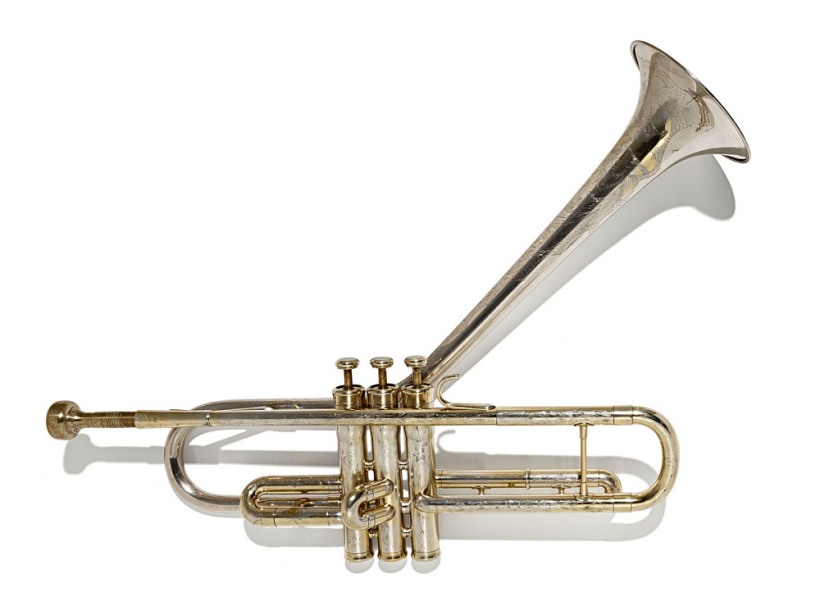A Litany: From the Struggle
The sheer intensity of the struggle and marching with elbows locked,
Their feet moved to the rhythm of justice’s beat,
In the face of oppression, they never refused to quit.
With heads held high, and hearts crowded with fire,
They marched for freedom, and love was their North Star.
Through valleys of hatred, and mountains of pain, Pressing ever forward, resolve never waned.
From Montgomery’s streets to Birmingham’s jails, their voices constantly echoing as their courage intensified.
with unnerving grace, These paragons of liberation were terrorized with water hoses and dogs,
Their spirits unbroken knowing they were the hallowed ground, the sacred space.
And in the midst of this tumult, stood an Alpha man of the Black & Gold, A beacon of hope, the voice crying in the wilderness.
Dr. King, with his dream, lighting the way, Inspiring the marchers, come and enter into the beauty of U-N-I-T-Y. U-N-I-T-Y that’s a unity
With eloquence and passion, he emoted a dream, Where all would be equal, and justice would gleam.
His words untethered the soul from mediocrity.
Unity was his proclamation and settled upon freedom’s consecrated ground.
Forty stanzas may not be enough to disclose,
The narrations of courage, where life was lost and stolen
But in each of these line, we carve out a little space of joy,
Regardless of what still “looms but the horror of the shade,”
A glaring legacy, a magisterial presence.
With courage and rectitude, he fought the good fight,
We bury not our head and forget not.
Those weary ambiances peering through the veil saying,
“Show them who you are”
So we honor them with every breath
As much as we can conceive what honor resembles.
Because his words like poetry restructured our souls
Which is the testimonial to the power of love’s art.
On the canvas of injustice, he painted morals of hope,
Words were his paint brush
and his inspiration were the thousands of
marchers
locked in the struggle
Embracing his vision, conquering death.
For in the beauty of Dr. King’s legacy,
We find the true essence of humanity.
So let us remember, these beautiful souls who travailed,
With bravery and honor, their battles wrought.
And let us honor, Dr. King’s lasting grace, In the tapestry of history, in
the words of the great Toni Morrison knowing that the function of freedom is to free someone else.



